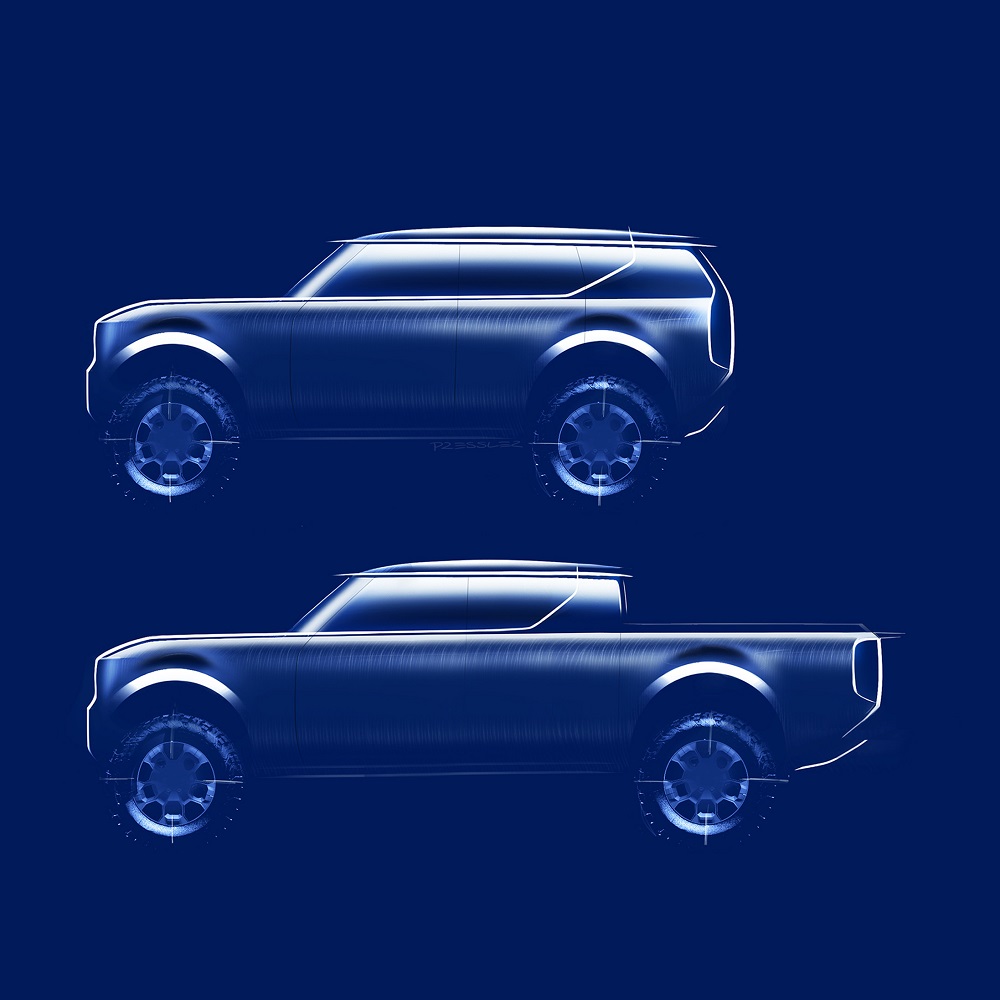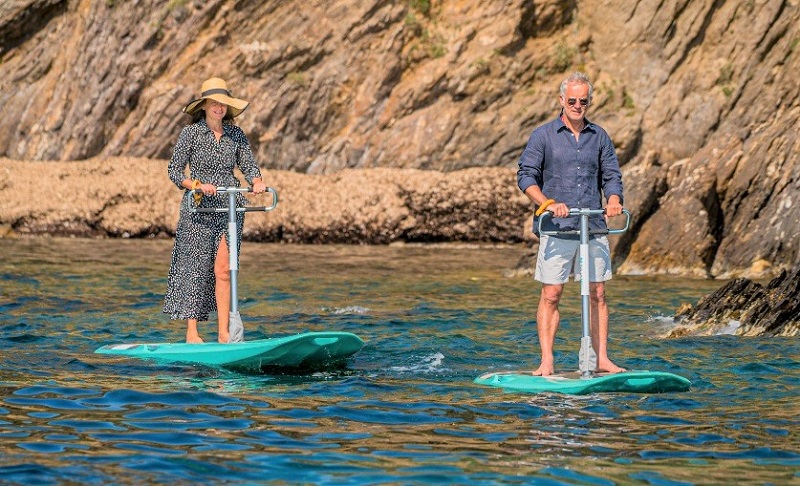SEPANG, March 31 — The Mercedes-Benz CLA, launched last weekend at the Petronas F1 party last weekend in conjunction with the 2014 Petronas F1 event is Sepang is the next phase of Mercedes-Benz’s new model range introduction following the A Series that was introduced last year.
Whilst the A200 is a hatchback, the CLA is the sedan equivalent. Both share the same 2,699mm wheelbase, and are developed along the A / B Class platform.
In terms of size, it is actually longer than the current C200 by 49mm (4630mm versus 4581mm), and is wider at 1777mm versus the C200 at 1770mm. However the current C200 has a longer wheelbase of 2760mm versus the 2699mm wheelbase of the CLA. In passing, the new C Class to be launched later will correspondingly increase in size, with a stretched wheelbase of 2840mm, and an overall length of 4686mm, while the overall width will be increased to 2020mm. Clearly, this is an ‘up-sizing’ exercise in Mercedes-Benz, much the same as what we have seen happen to Toyota, and BMW – as the models ‘grow’ with each new introduction, the next lower-sized range moves up to take its place. It is like a musical chair scenario where the A & B class move into the C Class, while the C Class moves into the E Class; the E moves to the S Class size, and the S Class moves up another size.
Noteworthy of mention is that the CLA does look very sporty, with a large, aggressive front grille and a coupe shape that follows the CLS design language – something that will appeal to the younger set, and will give the BMW 3 Series a run for the customers’ pocketbook.
The CLA comes packed with technologies, which starts with a co-efficient of drag (CD) of just 0.24, which is a record of sorts for a sedan, and a radar-based warning system (Collision Prevention Assist) as standard equipment. CPA is able to warn the driver of an obstacle from a speed of 7 km/h onwards. Braking is initiated as soon as the driver steps emphatically on the brake pedal. When an impending danger of collision is identified, the COLLISION PREVENTION ASSIST system calculates the precise braking force
The CLA 200 is available with a 1.6 litre turbocharged Direct Injection engine producing 156 horsepower and 250 Nm of torque. Drive is to the front wheels through a 7-speed dual-clutch automatic transmission. An ECO Start/stop function is standard.
Braking is initiated as soon as the driver steps emphatically on the brake pedal. When an impending danger of collision is identified, the COLLISION PREVENTION ASSIST system calculates the precise braking force ideally needed to avoid an accident and makes the best possible use of any distance remaining.
Extensive under body panelling, additional panelling in the middle area of the rear axle and an aerodynamically optimised rear silencer followed by a diffuser improve the flow of air under the under body.

Numerous driving assistance systems offer support in the CLA and reduce the driver’s workload. Standard features for the coupé include ATTENTION ASSIST drowsiness detection with adaptive Brake Assist. Active Parking Assist enables automatic parking in lengthways and crossways parking spaces.
 Suspension is made up of McPherson struts at the front and an independent multilink rear suspension, featuring three control arms and one trailing arm per wheel. This means that longitudinal and lateral dynamics are virtually independent of one another. A CLA-specific feature is the flexible decoupling of the rear axle carrier, which benefits ride comfort. Wheel carriers and spring links are made of aluminium, in order to reduce un- sprung weight. Two chassis and suspension set-ups are available: the comfort suspension and the optional sports suspension for sporty yet comfortable handling. The latter entails lowering of the body by 15mm (front) and 10mm (rear).
Suspension is made up of McPherson struts at the front and an independent multilink rear suspension, featuring three control arms and one trailing arm per wheel. This means that longitudinal and lateral dynamics are virtually independent of one another. A CLA-specific feature is the flexible decoupling of the rear axle carrier, which benefits ride comfort. Wheel carriers and spring links are made of aluminium, in order to reduce un- sprung weight. Two chassis and suspension set-ups are available: the comfort suspension and the optional sports suspension for sporty yet comfortable handling. The latter entails lowering of the body by 15mm (front) and 10mm (rear).
Irrespective of the selected chassis, all CLA variants come with the Direct Steer system. This electromechanical power steering offers improved feedback to the driver in comparison to conventional systems and makes an important contribution towards overall efficiency, as the steering assist function only requires energy when the steering wheel is actually turned. Additionally it enables various steering assistance functions which are activated by the ESP® control unit. These include counter-steering in case of over-steering, corrective steering when braking on road surfaces offering different levels of grip (split-friction braking), mitigation of the extent to which the front-wheel drive influences the steering and compensation for crosswind and road gradients.






















